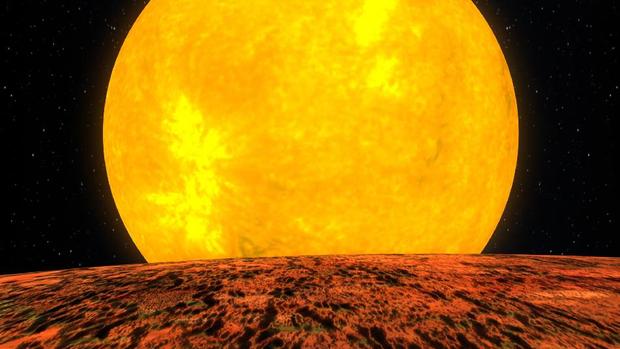Kepler space telescope marks 6 years of planet hunting
NASA's prolific Kepler space telescope, which has discovered more than half of all known planets beyond our solar system, just celebrated six years in space.
The $600 million Kepler mission blasted off atop a United Launch Alliance Delta II rocket from Florida's Cape Canaveral Air Force Station on the night of March 6, 2009 (March 7 GMT). After a two-month commissioning phase, Kepler began searching for exoplanets -- and began etching its name into the history books.
Kepler finds alien worlds by watching for the tiny brightness dips they cause when they cross the face of their host stars from the spacecraft's perspective. (During its original mission, Kepler stared at more than 150,000 stars simultaneously.) [Gallery: A World of Kepler Planets]
This technique has been incredibly successful. To date, the sun-orbiting spacecraft has discovered 1,019 exoplanets, with more than 3,100 additional "candidates" awaiting confirmation by follow-up observations or analysis. Mission scientists expect that around 90 percent of these potential planets will end up being the real deal.
To put Kepler's tally into perspective: Scientists have discovered a total of about 1,800 alien planets. (The number varies a bit depending upon which database is consulted.)
But Kepler has never just been about raw numbers. The main goal of its original mission was to help researchers determine how common Earth-like planets are throughout the Milky Way galaxy. And the spacecraft's observations suggest that worlds like our own are very common indeed: About one in five sunlike stars probably harbors an Earth-size planet in its "habitable zone," the range of distances that could support the existence of liquid water.
Many more potentially habitable worlds circle red dwarfs, the small, dim stars that make up 70 percent of the Milky Way's stellar population. So our galaxy apparently teems with tens of billions of rocky, habitable-zone planets, researchers say.
Kepler's original planet hunt ended in May 2013, when the second of the spacecraft's four orientation-maintaing reaction wheels failed, robbing Kepler of its ultraprecise pointing ability.
But the telescope continues to study the heavens during a new mission called K2, which NASA approved in May 2014. K2 calls for a compromised Kepler to observe broader patches of sky for a variety of celestial objects and phenomena, including faraway supernova explosions, comets and asteroids in our own solar system -- and exoplanets.
K2 has shown that Kepler can still find alien worlds with just two working reaction wheels: Researchers announced the new mission's first exoplanet in December 2014.
